Picture the scene. You’re on vacation. You’ve had a slow morning wandering round, a long lunch and a stroll around the city. You realize you’re near that gallery you’ve been meaning to visit – so you walk over.
Even five years ago, you could probably have sauntered in unless it was a peak time on a peak day. A half-hour wait was likely the longest you’d have to put up with for not planning.
How things have changed in the travel world. On a recent trip to Amsterdam, Ed Cumming tried to visit the Anne Frank House.
“I only booked the trip about a week beforehand and had done nothing in the way of planning,” said the Londoner. “To be honest I had forgotten until I cruised past it on a canal tour and thought I should probably go, as I had never been.”
He arrived to find it was fully booked until the end of October. Not only that – but the Anne Frank House is one of several sites around the world that have instituted mandatory prebooking polices with no walk-up tickets available.
It is joined by places including the Blue Lagoon thermal pool in Iceland, Leonardo Da Vinci’s Last Supper mural in Milan, Rome’s Galleria Borghese and the Smithsonian National Museum of African American History and Culture in DC, all of which require prebooking (the latter only on weekends).
It means that the days of leaving everything to chance on vacation are gone. Spontaneity is no longer an option, if you’re visiting a major destination and wanting to see the main sights.
The reason? Largely, ourselves. With global tourism hitting record highs – 1.4 billion tourist arrivals in 2018, according to the United Nations World Tourism Organization, up 6% on 2017 – and popular destinations being besieged by overtourism, world-famous sites are battening down the hatches.
Curbing the lines
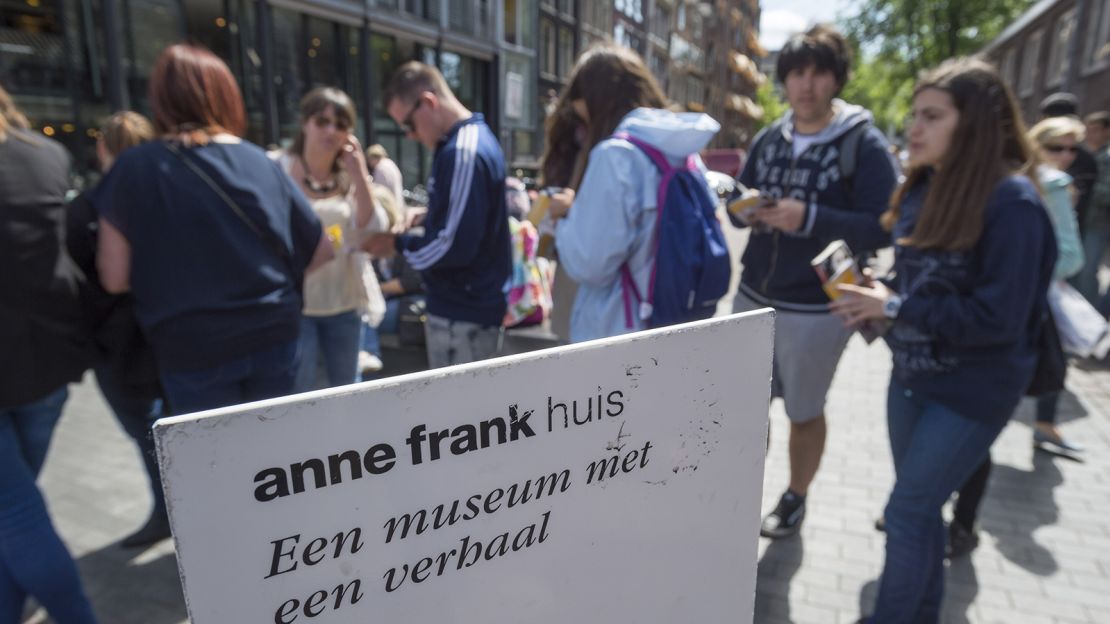
The Anne Frank House instituted online prebooking for timed entry slots in 2017. Currently, 80% of tickets are released two months in advance, with the remainder on the day itself at 9 a.m.
“The lines were very long,” a spokesperson told CNN about the change. “In holiday periods and weekends, visitors had to wait for two to three hours.”
The Blue Lagoon stipulates that tickets must be booked online in advance, although on the day CNN checked, there was same-day availability.
In Milan, Leonardo’s Last Supper next has availability on January 16 – a three and a half month wait. Eighty percent of guests at the city’s swanky Mandarin Oriental hotel want to see it, says head concierge Mario Picozzi, and most reserve tickets at least two months ahead – an astonishing figure given that Milan is a major business destination, rather than a leisure hub.
Entry is free to the National Museum of African American History and Culture but timed tickets must be arranged in advance. They’re released on the first Wednesday of every month, three months in advance, and although a spokesperson told CNN you can normally find tickets a month ahead, not a single date was showing when we looked. Same-day online passes are released at 6.30 a.m. on weekends in low season, and every day in peak season.
Walk-up tickets, however, are allowed all day weekdays from September to February, and from 1 p.m. on weekdays in peak season. “There’s not a huge traffic jam – we try to expedite it,” said the spokesperson.
Prebooking, when tickets are free, doesn’t always work.
The Broad, a contemporary art gallery in Los Angeles, offered timed tickets online when it opened in September 2015. But since they were free, and people were booking months in advance, the gallery noticed that the number of no shows was relatively high – while the walk-up lines were stretching around the block.
In March 2016 it implemented a new system. Advance tickets are now released online on the first day of the previous month. Meanwhile, the walk-up lines continue.
Other sites institute equally grueling ticket rules.
In Les Eyzies, France, known for its painted prehistoric caves, tickets for three of its best loved caves – Font de Gaume, Les Combarelles and Cap Blanc – go on sale at 9.30 a.m. daily. Numbers are strictly limited – just 42 people are allowed into Les Combarelles each day – and, in summer, visitors tend to line up by 7 a.m. to be in with any chance of getting a ticket.
Ever longer lines
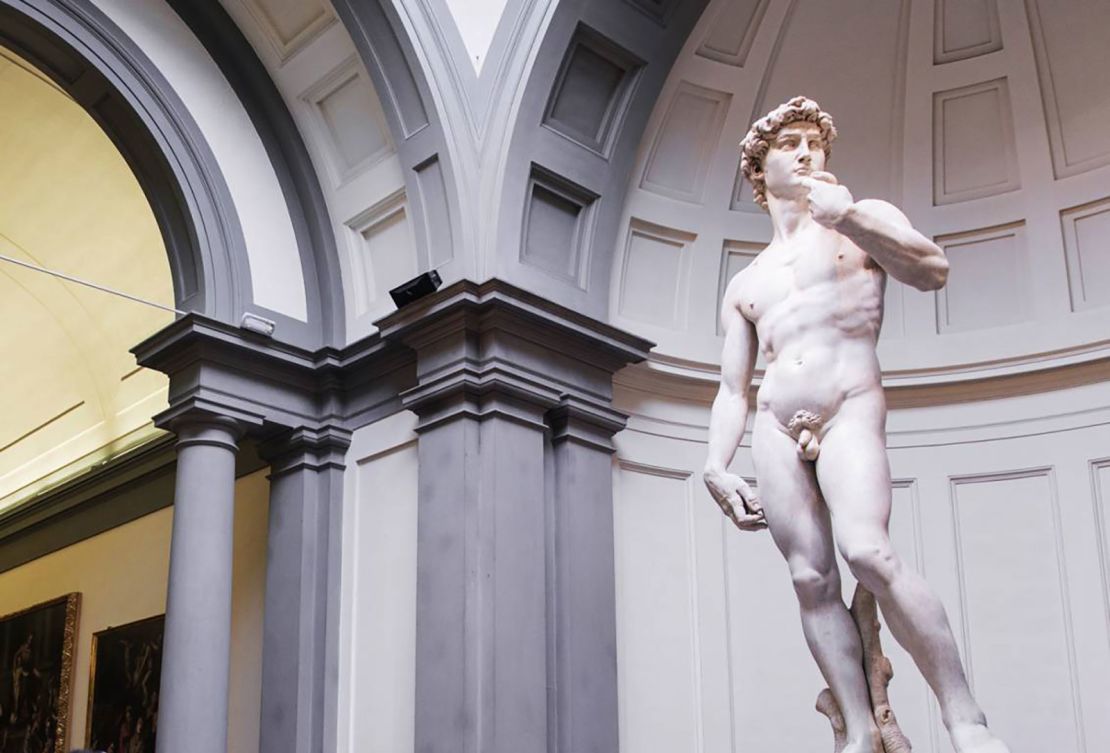
If a major museum or gallery doesn’t impose prebooking as a requirement, you can be pretty sure that you’ll need to reserve a ticket far ahead of time or risk spending your vacation in a long line to get in.
The Accademia in Florence, home to Michelangelo’s “David,” puts tickets on sale up to three months ahead of time. But when CNN checked for tickets this week, the first availability was in 16 days time.
“In the last few years the queues have pretty much been the same,” says Lucia Lazic, a tour guide and co-owner of Discover Florence with.us. “I think word has got around that people can’t get into the Accademia. Just turning up has become almost impossible.”
She says people without tickets queue for anything from 30 minutes to two hours to get in on an average day. “The ‘I’ve seen it’ factor is important.”
And even once you’re inside, expect more queues to see the most famous works of art.
The new layout of the Louvre, for example, has erected a “holding pen” around the “Mona Lisa.” This summer, people queued for up to two hours – once they had already entered the museum, which can also take up to two hours to buy a ticket – to see the portrait.
“For me, overtourism is devastating,” adds Lazic. “It ruins the city as well as the individual experience.”
The changing face of travel
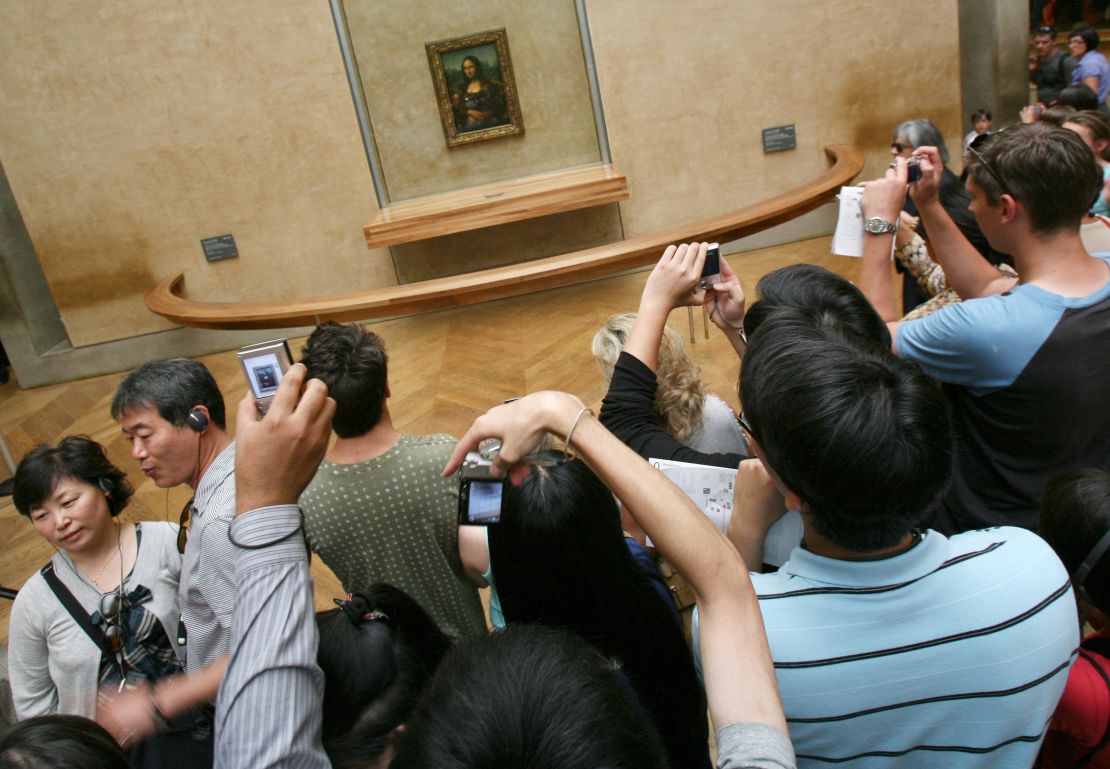
Elizabeth Becker, author of Overbooked: The Exploding Business of Travel and Tourism, says that overtourism is not only changing things for locals, but for fellow travelers, too.
“Tourists will have to plan their trips better, and research to figure out where reservations are required,” she says – but that’s a good thing.
“With millions of visitors to museums and iconic sites they have no choice. Without controls, places have been overwhelmed. There are complaints from tourists that their experience was chaotic. No one is happy. One mayor told me it is like preparing a dinner party for 12 and having 12,000 show up.”
There are a lot of us who’ll need to change our behavior.
Ruzwana Bashir, CEO of Peek.com, a booking website for activities and tours, say that while 75% of travelers like planning and researching activities before their trip, only about half will book in advance. The other half book once they’re in a destination “based on the weather or how they feel.”
So has overtourism killed the spontaneity in travel?
Social psychologist Michael Brein, who styles himself “the travel psychologist,” says that it’s certainly killed the buzz of certain places – at least for some of us.
“Just looking at that long queue of people on Everest [where a photo of a long line of climbers was shown waiting to reach the summit] was such a turn off, it was horrific,” he says. “Yet people are willing to do that because they feel like if they don’t, they’re missing out.
“They’re willing to spend worthless hours standing in queues and missing life around them [to see something famous].”
But while some of us may be turned off by interminable lines, he says that those same lines are what draw others to the museum.
When he asked queue-happy friends why they regularly waited in line at galleries, one replied, “Because it’s the thing to do.”
To some, says Brein, “the more you have to work for [an experience], the more valuable it becomes. You get to say, ‘I worked really hard for this,’ so it gets that bit more valuable.” That way of thinking applies to exam results and snatched selfie in front of the “Mona Lisa” alike.
The people who really want to go, go
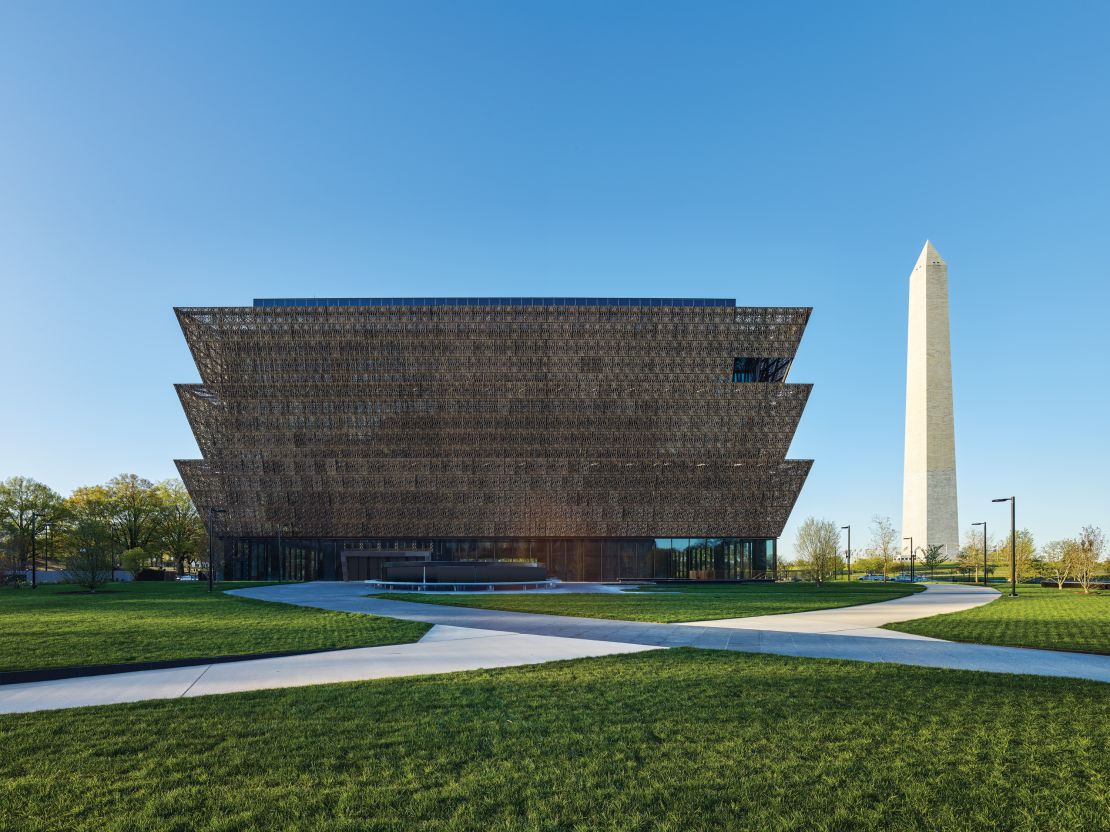
Introducing prebooking also means that people who really want to visit a site are able to confirm it ahead of time, rather than having to line up on the day with those who aren’t so bothered.
Robyn Swirling, who visited the National Museum of African American History and Culture after bagging a same-day advance ticket, says the prebooking system “felt like a good way to control crowds and make sure visitors have a better, more meaningful experience at a museum instead of standing in endless lines or being unable to really spend time with exhibits.”
Swirling got up early to get a ticket.
“It was super easy, as long as you’re OK being awake at 6 a.m.,” she said. “I feel like the museum is… accommodating everyone who wants to go, including those who can plan it as an event in advance and those who need to move a little more last minute.”
Kieran Callanan visited the Anne Frank House in summer 2019, after one of the members of his group booked tickets. He says that he noticed “plenty” of tourists arriving at the house in the hope of buying tickets, only to be turned away.
“It’s a small museum so it’s totally understandable,” he told CNN. “It’s the right decision to make it reservations only rather than having big queues, which is the only other way you could do it. It’s the only smart way to manage such a small and popular museum.”
For places like this, there’s an additional issue of respect, he thinks – rowdy queues as people wait for hours would detract from the solemnity of the site.
“It’s already a busy place, people are taking photos. Queues would not be right.”
Auschwitz-Birkenau, the former Nazi extermination camp, also releases (free) timed tickets three months ahead, though limited walk-ups are allowed. The first ticket available for an English language tour when CNN checked was for three weeks time, though there was an unguided tour available in 10 days time, on October 12.
Of course, releasing tickets in advance also means that people with disabilities, who wouldn’t be able to queue (and are not always accommodated by museum staff), can plan ahead.
It’s a relief for parents, too.
“Kids like to be prepared for what’s in store – mine don’t like surprises,” says Ellen Himelfarb, a traveler who has advance-booked the Accademia, Anne Frank House, Galleria Borghese and the Blue Lagoon in the past year.
It depends on personality type
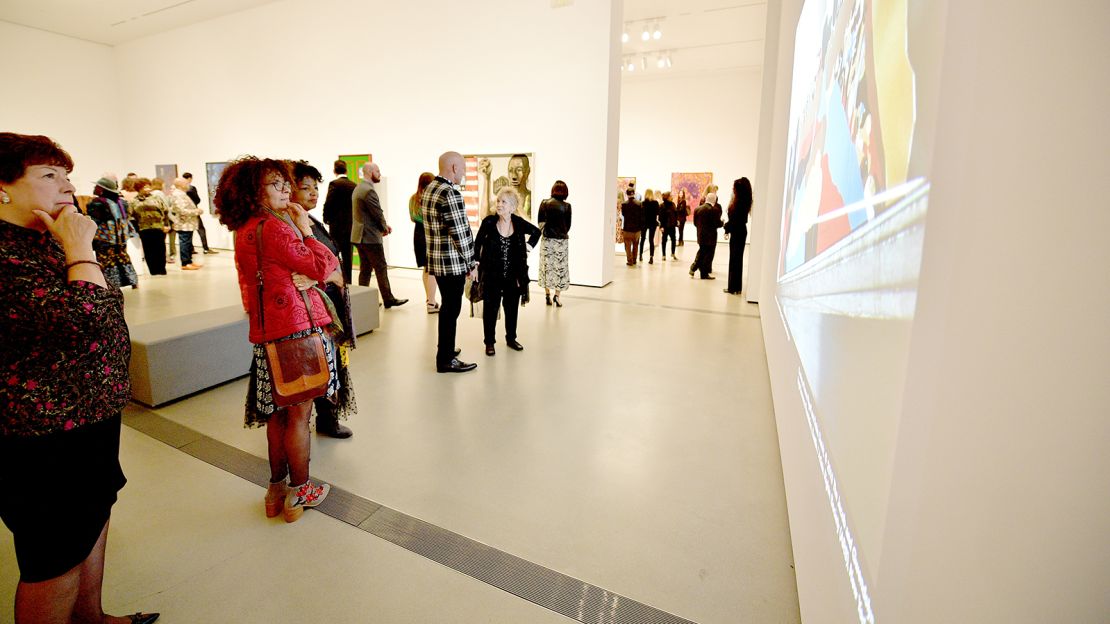
Some people are natural planners. Others are not.
“There are travelers who refuse to do anything in advance – including booking a hotel until they arrive at 3 a.m. in Nairobi,” says Michael Brein. “Most of us fall somewhere in between.”
For some people – like me – planning anything in advance on vacation is a no-no. The idea of going to bed knowing I have to be somewhere in the morning when it’s my time off leaves me feeling trapped – and with an invisible disability, I have no idea how I’ll be feeling from one day to the next.
When I went to Los Angeles in February, and wanted to visit The Broad, there was a three-day wait for the first available tickets online. I ended up visiting on spec – only to leave the minute I saw the 100-strong line winding round the building. Instead, I found myself walking past the LA Public Library, went in, and did an impromptu tour of the spectacular interior (it was built in 1926).
Others, though, have strict itineraries for their time off. And some hover in between.
“Personally I enjoy booking those European museums ahead of time, as it gives me an anchor to plan around,” says Ellen Himelfarb. “With the Villa Borghese and the Anne Frank House I had an idea of where I wanted to go for lunch and some shopping afterwards.
“I doubt I’d even try a major museum without a booking anymore.”
Brekke Fletcher, CNN’s executive editor, Travel & Style, booked her visit to the Broad a week before her 2017 trip to LA.
“I usually make a list of things I really want to do before I go anywhere, and try to get these arrangements locked down a week in advance, but sometimes I run out of time,” she says. “When it’s important to me, though, I book early.
“I wanted to make sure I made it to The Broad, and I’m glad I booked it a week in advance, because had I not, the chances of me figuring out how to finagle my way in while on the ground were less than zero. I would have been disappointed if I hadn’t gotten my act together to go.”
Am I sorry I didn’t get to see it? Slightly, for sure. But I also think part of the reason I wanted to go was because everyone was raving about it – I’m not a huge modern art buff. And I also think the improvised trip I took to the library has stayed with me more than the gallery would have.
Ed Cumming, who missed the Anne Frank House, is in my camp. “In a funny way I think it can encourage more creative traveling,” he says. “If there’s no point bothering with the Louvre, you end up at Rodin’s house instead, and engage with it more. In Amsterdam I went to the Botanical Gardens instead and ended up learning about the history of coffee.”
Peek’s Ruzwana Bashir has a foot in both camps. Planning ahead “builds anticipation, which is a crucial part of why doing experiences makes us happier than buying products,” she says. But she also recommends trying lesser-known experiences in addition the big-hitting sites. “This means you can enjoy parts of your trip away from selfie sticks and hordes of people, and it’s a great way to help fight overtourism.”
Bragging rights v enjoying the moment

Sometimes, our willingness to queue isn’t just about personality type. Brein says that the better traveled we are, the more emphasis we put on forming genuine connections when we visit a new place, rather than ticking off sites. That might mean whiling away time in a café with locals rather than seeing that Michelangelo, or visiting a smaller gallery instead of taking a trip to the top of the Eiffel Tower.
And it means that when we’re faced with a queue to get in somewhere, our first thought won’t be that we have to get in.
“The more experienced you are as a traveler, the less likely you are to go and do those long lines.” Instead, he says, you’ll reclaim your spontaneity and improvise something else.
Of course, there’s a social media component too. Being able to post that we’ve seen or done something iconic “increases our self esteem, self worth and bragging rights – it even increases our feelings of personal status,” he says. “That’s part of the motivation.”
Lucia Lazic says the type of people she sees in the queues tend to be younger and less well off. “They queue because they won’t return to Florence and it’s now or never,” she says. “And because they want to put it on Instagram.”
Elena Sisti, CEO and cofounder of Milan-based Elesta Art Travel, which organizes cultural tours of Italy, says that her clients “always” ask to visit the Last Supper.
“Often we try to persuade them to discover what Milan has to offer that’s equally marvelous but not as well known,” she says.
“But often they won’t be convinced, because places made famous by books or films become ‘unmissable’ – especially for a culture towed along by social media, where the telling of having been somewhere has become almost as important as enjoying the moment.”
Long lines can increase satisfaction

While you’d think few things are really worth giving up precious hours of your vacation to wait in line for, psychologist Michael Brein says that there are two popular reactions to something like the “Mona Lisa.” For some people, the long wait will cause such expectation that reality will never be able to match the experience we’ve planned, and we’ll walk away disappointed. But for others, having to wait in line can add a perverse value.
“These sites have value in their own right, but ironically, having to wait in the queue for them can be more meaningful,” says Brein.
But do we value them as artworks, or as an experience in themselves? Lucia Lazic wonders.
“Most visitors appreciate the beauty but few understand the works of art,” she says. “I don’t know how much appreciation of the works is genuine. If everyone tells you this is fantastic, ultimately you’re going to believe it.”
Interestingly, she says that her visitors tend to have a real good look (with their eyes) at “David,” but tend to take photos of paintings instead of really taking them in.
The future of spontaneous travel
The need to prebook museums isn’t the end of the world, according to Elizabeth Becker.
“Spontaneous travel won’t disappear,” she says. “I would argue that better preparation allows tourists to discover lesser known attractions. Leave time open to wander, [and] take longer trips and fewer trips. It’s better to appreciate the destination, better for the destination and the people who live there, and better for the environment.”
Elena Sisti says that sometimes her Elesta Art Travel colleagues manage to convince would-be “Last Supper” goers to try something else, whether that’s something nearby, like the frescoed church of San Maurizio, or other Leonardo sites, including the Biblioteca Ambrosiana, where the Codex Atlanticus is held, or the Sala delle Asse – also frescoed by Leonardo – in the Castello Sforzesco.
“We’re really satisfied when we see guests enchanted by lesser known works,” she says. “Often they tell us, ‘I’m sorry I didn’t trust you earlier, but I didn’t know this even existed.’”
Brein says that long lines should give us the impetus to spend our time a little differently. “The more experience you have, the more you realise that interpersonal interactions are the most important thing in travel,” he says. “You learn more about the culture and orient yourself more towards the meaningful.”
So next time you see a long line? Skip it. Go to a café and get talking, or find a smaller museum instead. You might find something more important than bragging rights.
